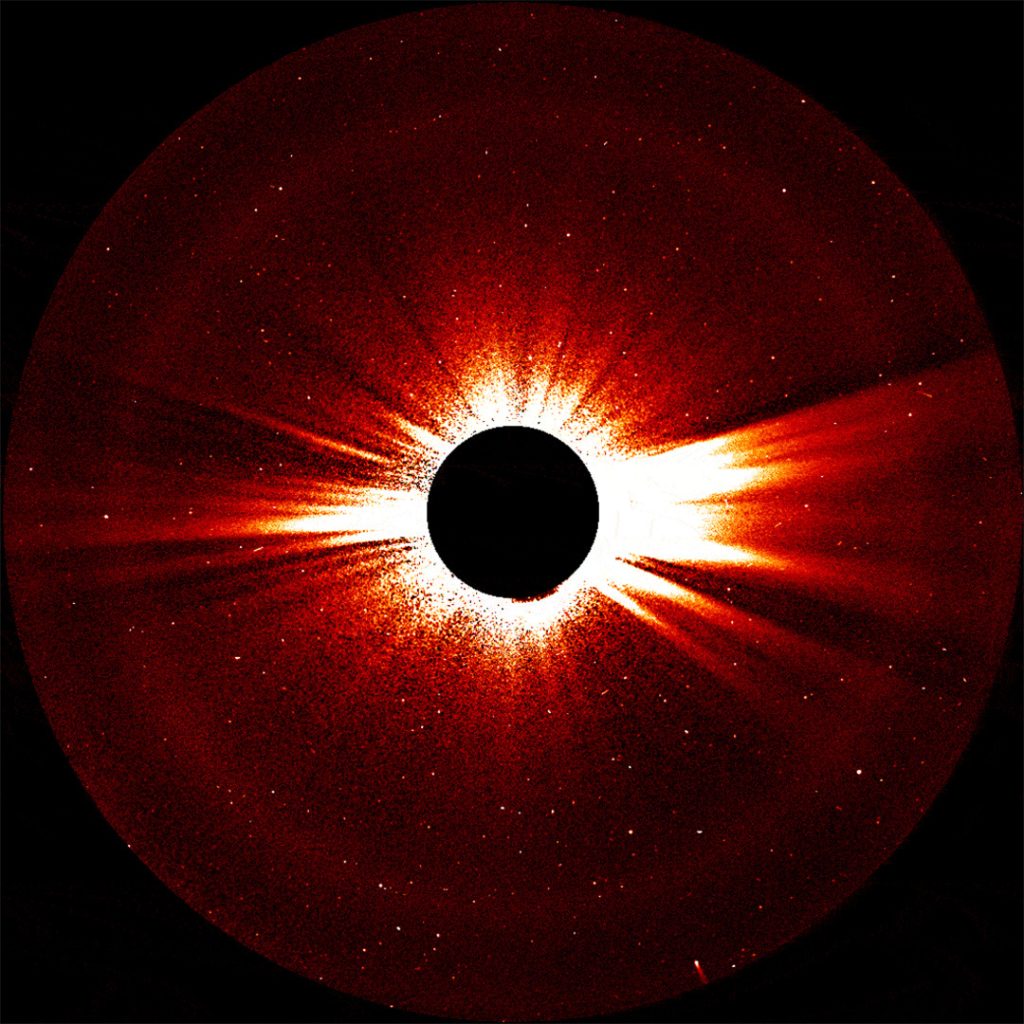A recent study has indicated that an alignment of two spacecraft examining the sun has potentially resolved a long-standing mystery regarding the solar wind. Data collected from NASA’s Parker Solar Probe and the European Space Agency’s Solar Orbiter has suggested that plasma waves known as Alfvén waves are injecting energy into the solar wind as it exits the sun’s outer atmosphere. This finding may explain why the solar wind is much hotter and faster than previously anticipated, according to researchers. The study, published in Science on August 29, provides strong evidence that Alfvén waves contribute to heating and accelerating the solar wind.
For years, scientists have observed that the solar wind accelerates as it flows into space but the temperature drops slower than expected based on theoretical predictions. Alfvén waves have been observed near the sun, with some creating “switchbacks,” where the waves turn back on themselves. Although these waves have the potential energy to explain the speed and temperature of the solar wind, direct evidence was previously missing. The chance interceptions of these waves by Parker Solar Probe and Solar Orbiter have provided the necessary data to quantify the energy of the waves.
During a fortuitous encounter in February 2022, Parker Solar Probe and Solar Orbiter intercepted the same plasma stream, allowing scientists to directly measure the energy of the Alfvén waves. The plasma stream passing the two spacecraft was found to be moving at high speeds and elevated temperatures, with the waves believed to have dissipated and transferred energy to the solar wind. This phenomenon has been compared to creating waves in a wind tunnel, where the energy from the waves is dispersed into the surrounding air, affecting the properties of the wind. While some scientists have raised concerns about the complexity of the solar wind that may not have been fully considered, the researchers behind the study assert they have conducted various checks to verify their measurements.
Despite the progress made in understanding the solar wind’s behavior, there is still room for further investigation into the detailed physics of how energy is transferred from Alfvén waves to the solar wind. By exploring these mechanisms in more detail, scientists hope to solidify the link between the waves and the properties of the solar wind. The findings from this study represent a significant step towards resolving the mystery of the solar wind’s speed and temperature anomalies, shedding light on the fundamental processes that govern the behavior of the sun’s outer atmosphere and its interactions with the solar wind.


